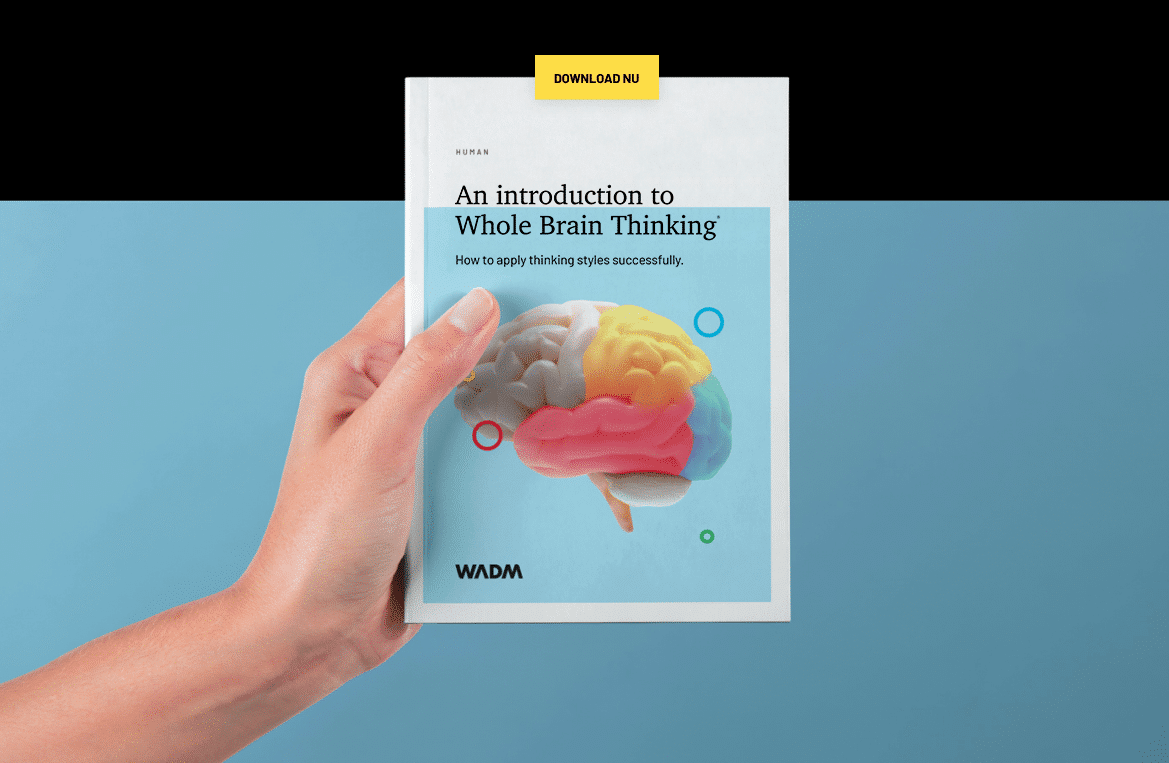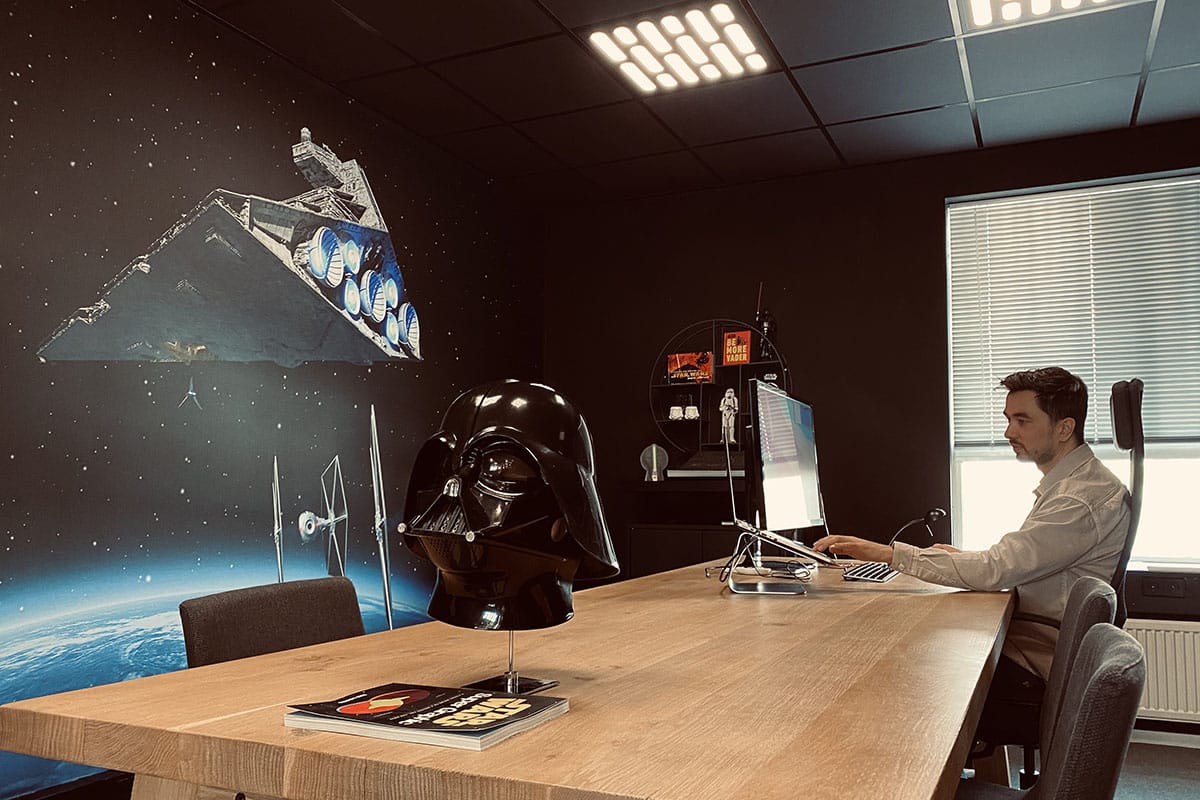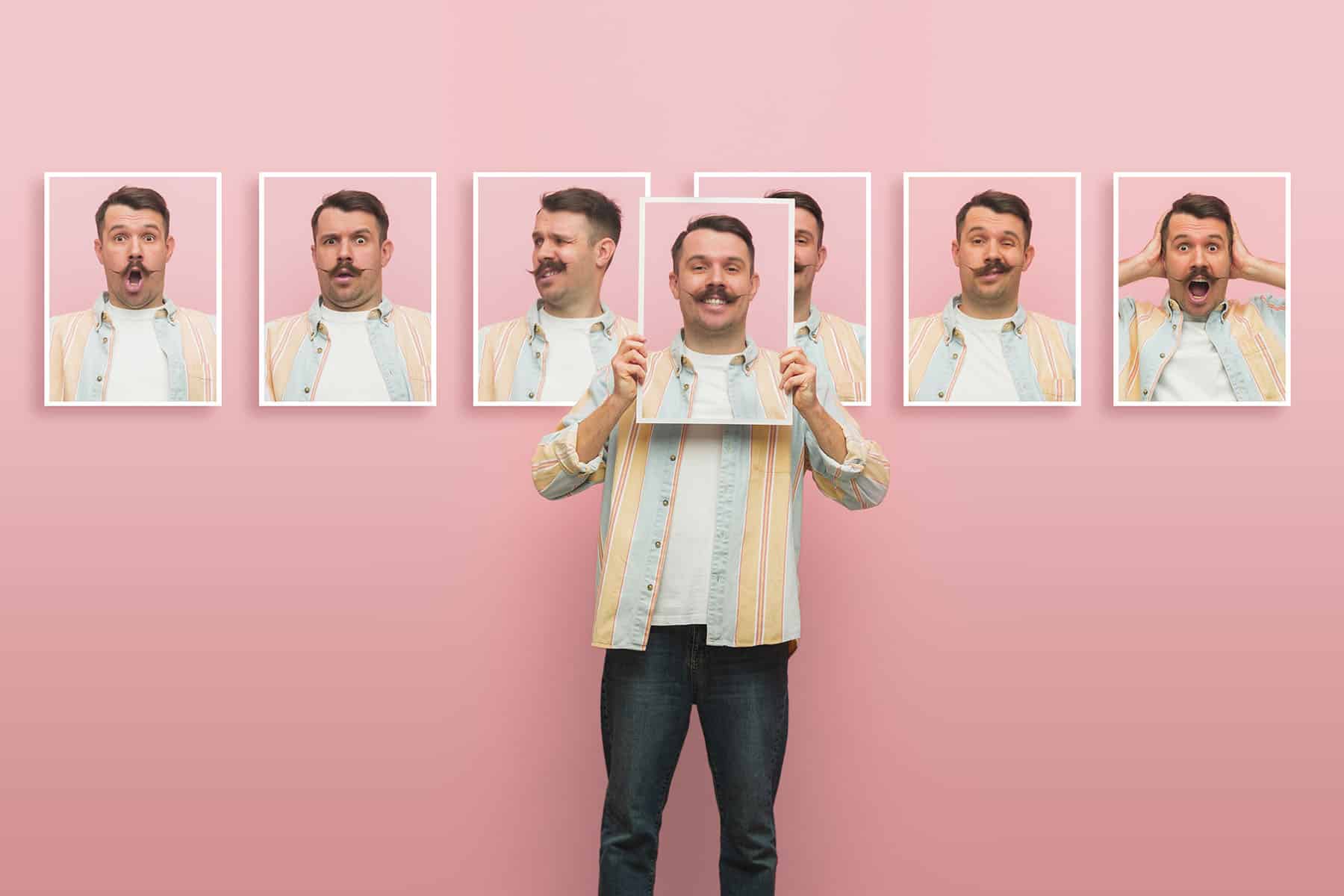Testing designs with hundreds of thousands of eyes
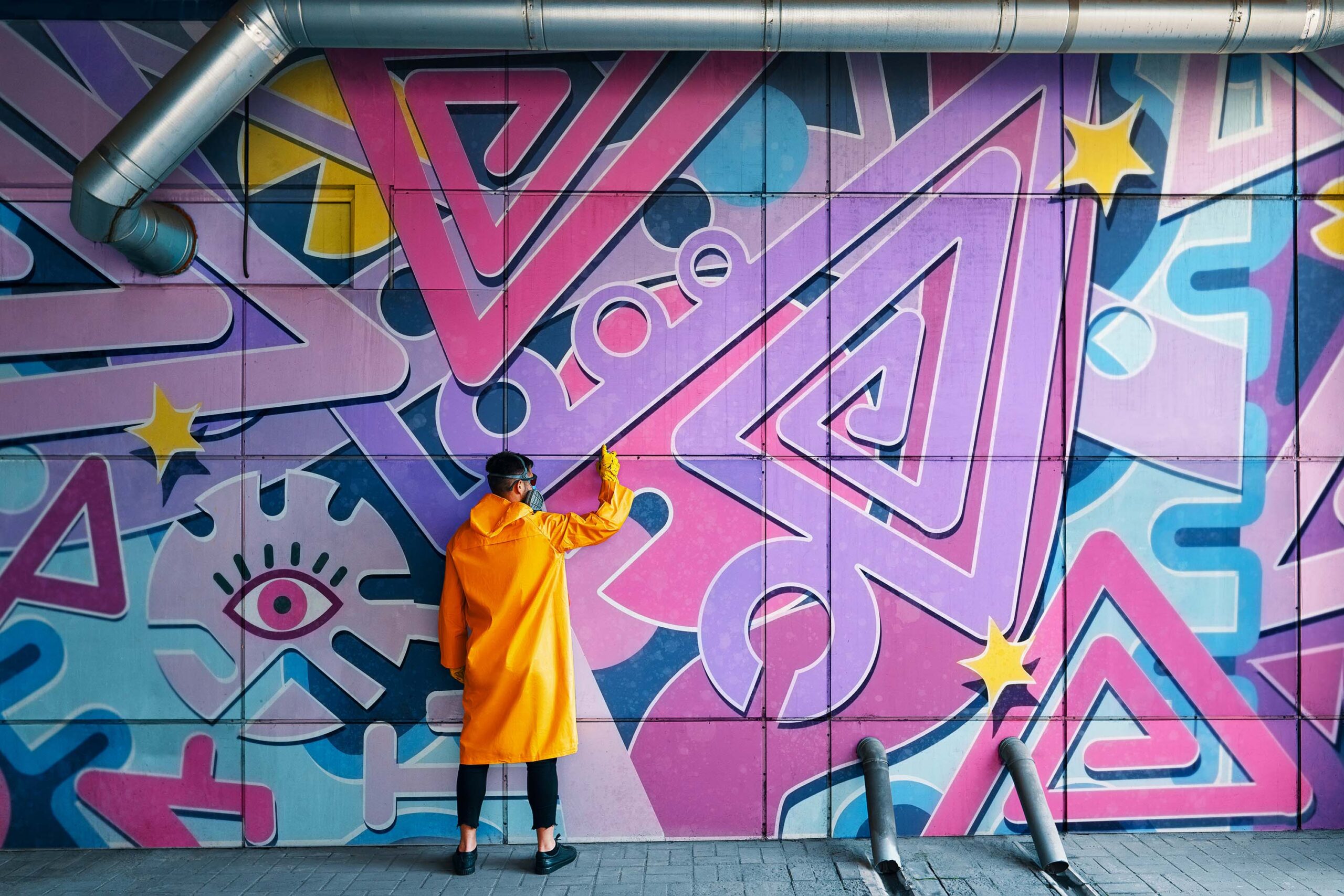
You know that? You’ve worked out a visual concept in no time, covered all the different options and possibilities and tested the choices you’ve made. By doing everything by feeling and intuition, you were able to switch quickly and do most of the work subconsciously. Your experience has taught you that this is the only right way for you and for the concept. So you present it to your client and they like everything, but….
Everyone with the same frameworks
That “but” is where it often gets tricky. Because how do you explain to your client the choices you make during the creative process? For someone not in the same field, it is sometimes difficult to understand why certain designs were chosen; especially if your choices feel counterintuitive. Not to mention different thinking styles that people prefer in their brains and the complications this creates when telling a story to a group. If you only have to explain your proposal to one person, you can focus it on that person; with a group, it’s a different story. It is then important that everyone has the same frameworks and starts looking at your proposal in the same way.
Addressing Thinking Styles
To address the different thinking styles in a group, we use our own BrainSells method, but how do you make sure your proposal doesn’t fall victim to your personal confirmation bias? That’s what we use expoze.io for. With expoze.io, we can test designs created at our studio in a way that is consistent with our own neuromarketing methods.
Predictive eye-tracking
In short, expoze.io is a platform for “predictive eye-tracking. Eye-tracking is a research method to determine what the subconscious is looking at within the first milliseconds. This usually means a complex set-up in a laboratory with specialized equipment that tracks the eyes through an infrared camera and projector. Subjects are shown images and by tracking the eyes you can measure what is being looked at. ‘Predictive eye-tracking means that a neural network is trained to make a prediction of normal eye-tracking studies. In essence, expoze.io is a computer program that analyzes a website design, for example, and generates a “heat map” from all the data. Such a “heat map” predicts at lightning speed what the brain will subconsciously focus on in design. The beauty of expoze.io is, the results are 94% accurate and it does not require an expensive setup or laboratory. You upload a design image and after a few minutes you have your result.
“How do you make sure your proposal doesn’t fall victim
of personal confirmation bias?”
Continuous testing and review
Thus, regular eye-tracking studies require an expensive setup that only one subject can use at a time. For a relevant study, you need a large group of people. That combination makes normal eye-tracking take a very long time. In addition, compared to predictive eye-tracking (where you get results per upload in just a few minutes), you can have multiple images processed simultaneously. The major difference between the two options is that the conventional technique can only be used after the complete design has been made. Versus the predictive technique where you can continually test and verify throughout the creative process. As a result, no major changes need to be made at the end of a project.
Toilet duck us
By using these techniques, we can avoid falling into the “We of toilet duck” effect. The strategic/visual advice we provide naturally originates first in our own brains and, in most cases, must be implemented by ourselves. But by scheduling test moments and using independent tools to do so, we ensure that our work is proven good because hundreds of thousands of eyes in a neural network confirm it. Not because our experience “tells” us it is good.
Want to know more?
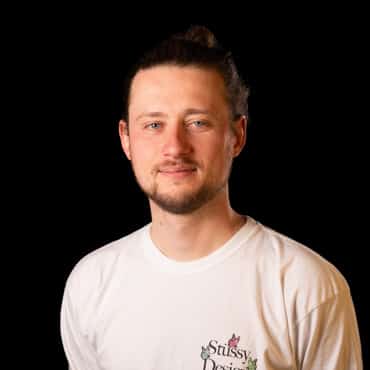
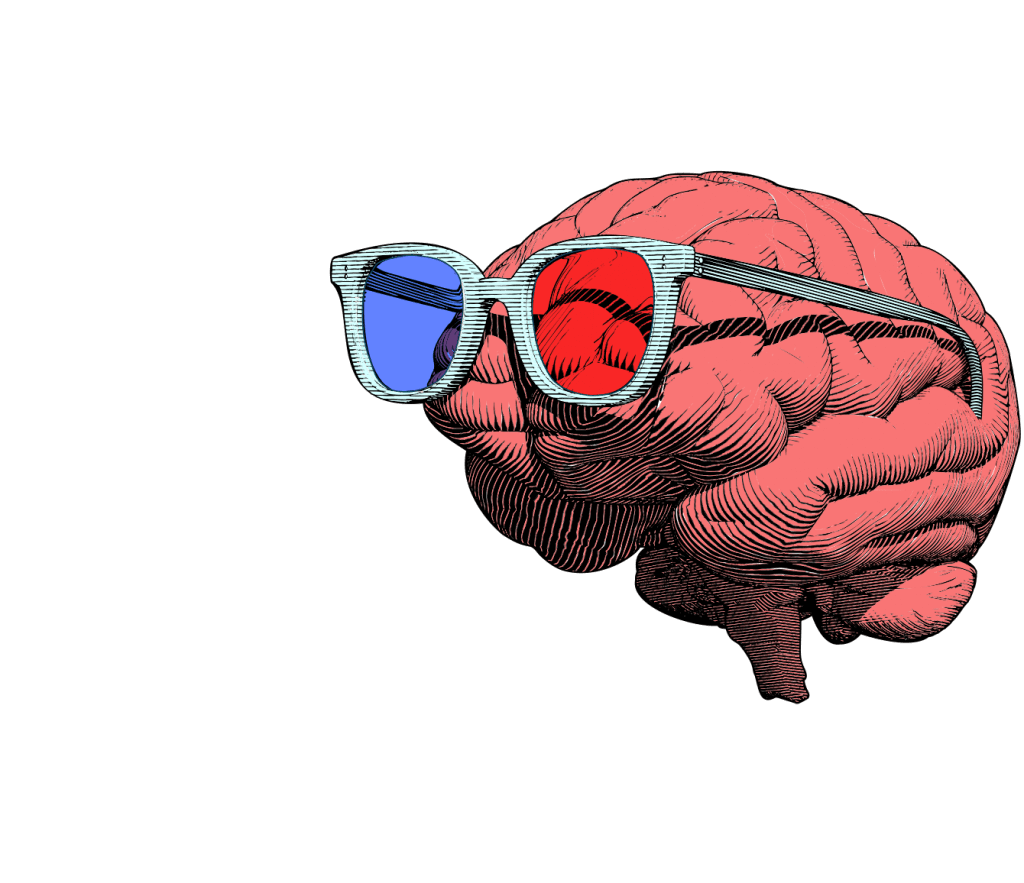
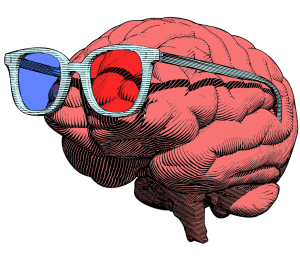
Never miss valuable insights again
Enrich yourself with our opinions, tips and downloads. Leave your email address and we’ll notify you when a new article appears.
